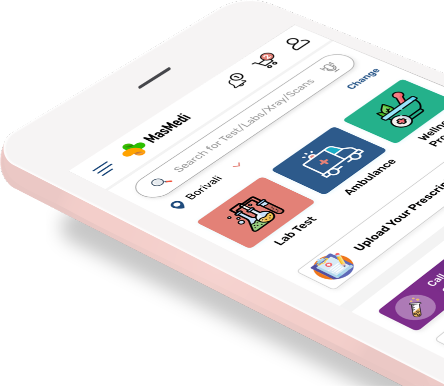Sample Type
Gender
Blood
Male/Female
Two tests used in diabetes screening aid in the identification of the disease and the tracking of its management. The amount of blood sugar that is circulating in the body is measured by a glucose-fasting blood test, which is frequently used to diagnose diabetes. The average blood sugar levels in a person during the last few months are determined by a test for glycosylated haemoglobin. It aids in the diagnosis of diabetes and the ongoing surveillance of blood glucose levels in diabetics. People who are obese and have a family history of diabetes or heart disease are strongly advised to get this test. Additionally, this test helps diabetic individuals manage their illness.
Diabetes Profile - MINI includes 3 Test(s)
best labs
Option Near Youlab comparison
As per your budgetAffordable
Price GuaranteedUNBIASED ADVICE
On LabsSUNDAY LAB
Labs available on SundaysTracking health status made easy with the app. Now available on both Google Play Store and App Store. Book health tests and access your smart reports and health trackers anytime anywhere.
